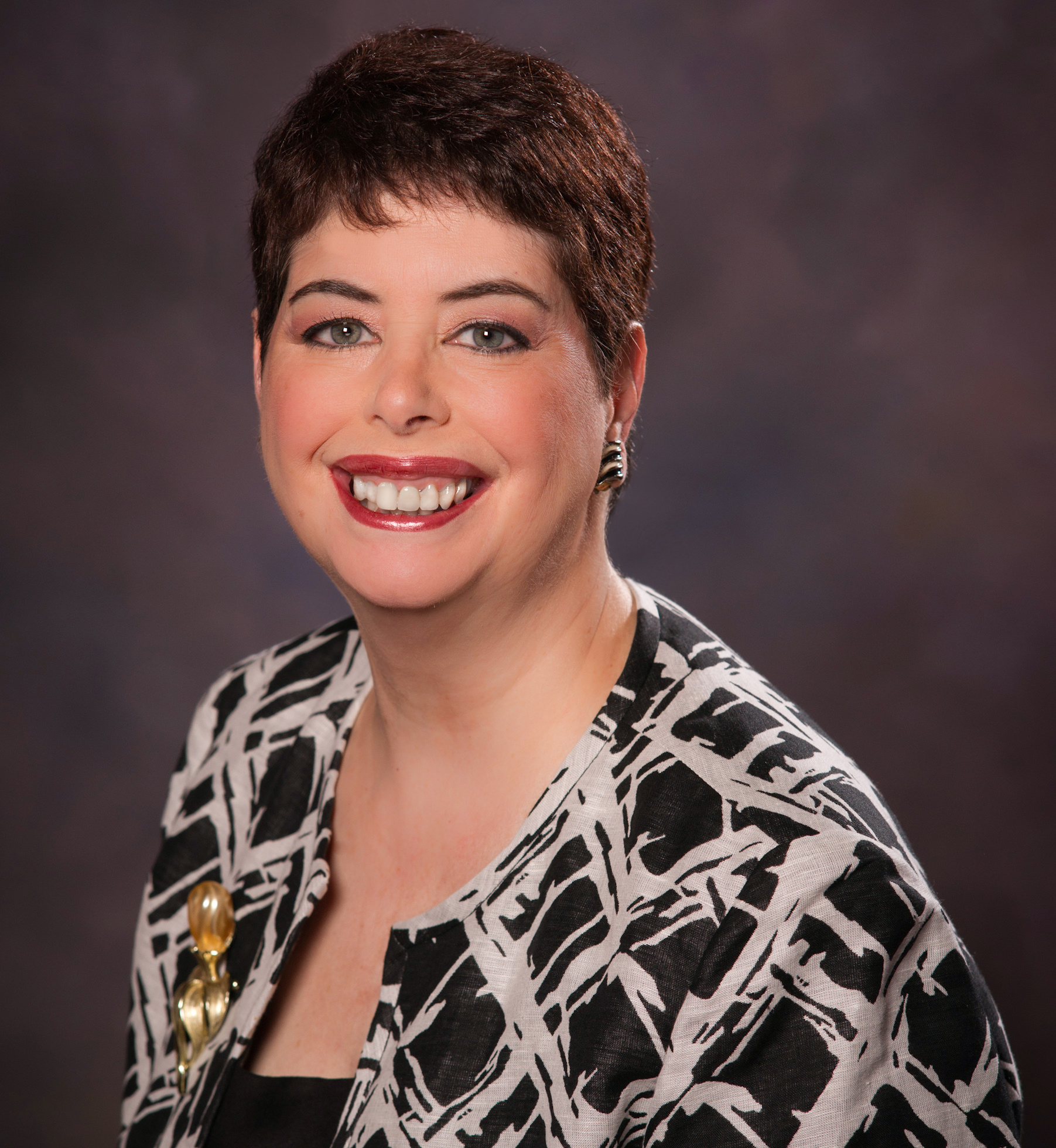In other words, everyone’s brain is wired differently. That’s something to keep in mind as you learn more about neurodiversity, a term that is rightfully taking its place as we have more conversations about the value of diversity in our workplaces.
“There are so many qualities that make a team diverse, and neurodiversity is one,” says Tiffany Ho-Rivera, Director of Operations at Rogoway Law Group and the current Chair of ALA’s Committee on Diversity, Equity, Inclusion and Accessibility. She speaks from experience after working as a behavior interventionist for over six years, where she worked closely with children, individuals and families with developmental disabilities, primarily autism and ADHD.
It’s something that Haley Moss, Esq., works to advocate and educate for. Diagnosed with autism at age three she notes that the concept of neurodiversity refers to all of us. “We all have different brains,” says Moss, who works as a hiring trainer for law firms in Florida. “You can’t tell just by looking at them if somebody is neurodivergent.”
According to the Cleveland Clinic, neurodivergence is a nonmedical umbrella term used to describe those whose brain works or develops differently. Someone being on the autism spectrum comes to mind, but it’s more than that. Moss says it’s people with ADHD, learning disabilities, intellectual disabilities, mental health conditions, epilepsy, traumatic brain injuries and other cognitive disabilities.
Such differences are common. The National Institutes of Health’s Division of Cancer Epidemiology and Genetics estimates that 15% to 20% of the worldwide population are neurodivergent. Moss notes that you can run the gamut of anything that makes your neurological and cognitive function outside of the prescribed idea of what’s expected.
BE FLEXIBLE
With statistics that high, it’s important for legal managers — especially those responsible for hiring — to understand what it means to be neurodivergent.
“[Neurodiversity] is about addressing … a huge need to support businesses in creating a space and a workforce that’s inclusive of individuals with [nonvisible] disabilities,” says Stacey Herman, Assistant Vice President of Neurodiversity and Community Workforce Development at Kennedy Krieger Institute in Maryland. Originally a special education teacher for elementary-age students, she’s worked at Kennedy Krieger Institute for the past six years, where she helps attract neurodivergent talent not only to the Institute but also trains firms throughout the United States to have broader hiring outlooks.
“We all have different brains. You can’t tell just by looking at them if somebody is neurodivergent.”
For example, someone might struggle with the social aspect of the interview but excels at the skills portion. That’s a skill that can translate well into some legal jobs. “Sometimes our idea of who is ideal leaves out people that would be truly brilliant. Maybe the best person is someone who might not have a natural social instinct but is a great listener,” says Moss. She adds there really is something for everyone in the legal profession, “whether [they] want to be in a courtroom or do something more transactional and not interact with people as much, such as research.”
The first step is to think about the way you recruit. A neurodiverse candidate may not be seeking out job opportunities in the traditional ways, notes Ho-Rivera. “Maybe they are [viewing] other platforms,” she says. Today that could range from the very professional LinkedIn to the mostly fun like, TikTok.
But it’s more than how you recruit, it’s what you do after that. “How interviews are conducted usually excludes a lot of people,” Moss says. Ask candidates when scheduling the interview whether a traditional set up works for them. Hermann says perhaps understand that some might be “more focused on walking around, [enhancing] learning about the organization, while having a more relaxed conversation.” She says firms (and companies) need additional implementation, retention, management and hiring strategies to attract this oft-overlooked talent force.
Hermann says there are some simple things to do once the person is hired, too. “You want to create a work environment that is open to self-disclosure. That means the person … providing information about what they need, and [then getting] support to be successful in the workplace, is only going to help the business,” she says. “For example, maybe someone needs dim lighting or needs to wear headphones while they’re working. Or they need to be able to take a 15-minute break. There are some basic strategies that can be put in place that really don’t cost anything.”
Offering flexibility in work styles can indicate a firm’s broader understanding, too. “If you talk to some of my neurodivergent colleagues, they’ll tell you that working remotely and this interconnected world has been a huge benefit to them,” says Moss. “I know for some folks, it feels unnatural or difficult, but [we] have to keep in mind [that] for so many people, [it makes their jobs] a lot more accessible.”
ENSURING LEADERS ALSO LEARN
Like any successful endeavor, you need buy-in from the top. Herman says it can help to find someone within your firm who makes this an important focus to help keep efforts moving in the right direction. “There is always an ambassador in the organization who is really invested in this. Whether it’s for a personal reason or just professionally, they feel like this is going to benefit their company,” Herman says.
“Sometimes, our idea of who is ideal leaves out people that would be truly brilliant. Maybe the best person is someone who might not have a natural social instinct but is a great listener.”
At Rogoway, Ho-Rivera notes they are doing diversity, equity, inclusion and accessibility (DEIA) training across teams — including the managing partner. “We’re very blessed here to have our managing partner’s full support to make sure that we’re always open to those requests and make our best effort to accommodate. [And it’s] not just because it’s what the law requires, but [it’s] the right thing to do.”
And remember, it doesn’t have to be perfect — but making an effort matters.
“I don’t think by advocating for neurodiversity in … the legal industry we’re saying that we need to accommodate everyone. I don’t think that’s the end goal,” says Ho-Rivera. “We are advocating for more equity for neurodiverse individuals to not only have the opportunities to [have] a job and a career in the legal field but also that — within the team — they are going to be able to get a seat at the table.”


